Today, “boho” is a style often characterized by the eccentric, lacey, floral-patterned, earth-toned, flower-crowned style that is often spotted at Coachella. But moreso than wanna-be hippies, the bohemian style goes back almost 200 years.
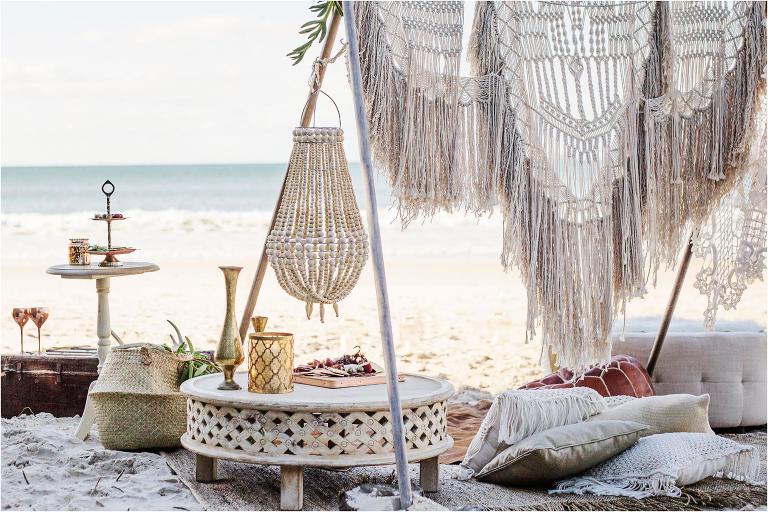
The bohemians began as a counter-cultural movement after the French Revolution when artists were often poor and even nomadic due to a lack of clientele as the wealthy could no longer purchase art and the bourgeois attitude was rejected. Thus the artists became their own sort of clique that glorified their ruggedness and eccentric personality. Individualism, rather than conventional forms of income, became the priority for this group of artists. These people eventually became travelers across Europe, often referred to as gypsies. Their style and lack of concern for fashion, wealth, or status was a commentary on the class dichotomy in Europe during the time, and bohemians were embracing their juxtaposition from the upper class.
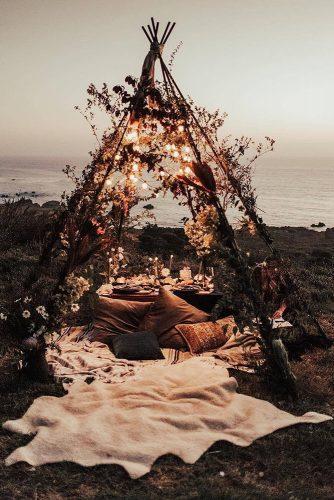
Later, in the 19th century, the bohemian movement shifted to despise the industrialization of the world and sought to embrace the old forms of art and expression. By wearing handmade clothing that was loose and brightly colored and making hand-crafted goods, this counter-cultural movement proved to be just that.
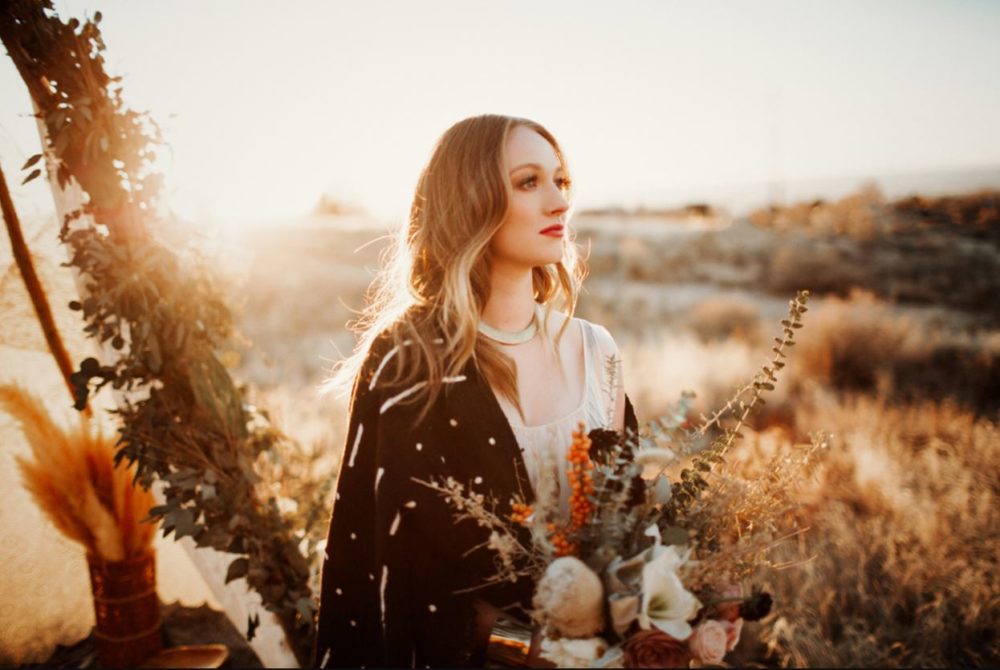
As the movement progressed into the 20th century, it became even more about a detachment from materialism. Especially seen in fashion, the bohemian aesthetic manifested itself in hippie and Beatnik styles. Ironically, these styles became popular, and mainstream, although supposedly the movement was about departing from industrialization, materialism, and the mainstream. Interestingly, bohemian style and lifestyle play a large role in modern feminism. The bohemian style embraces loose, worn out, and rugged clothing and it was bohemian women that were some of the first to reject wearing corset and bras and choose to wear bobbed haircuts. Later, these would become empowering style choices for many women.
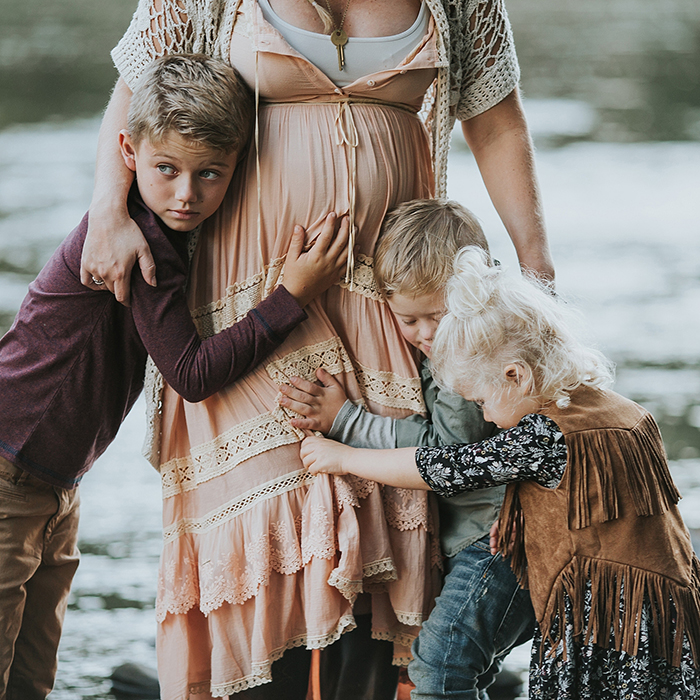
However popular the boho aesthetic is or ever was, the concept is deeply rooted in rejecting consumerism, conventional styles, and self-glorification. Ultimately, the bohemians were making the most of unfortunate unemployment and celebrating individualism, personality, and freedom. Their grungy apparel and lifestyle became their art and ultimately their community.
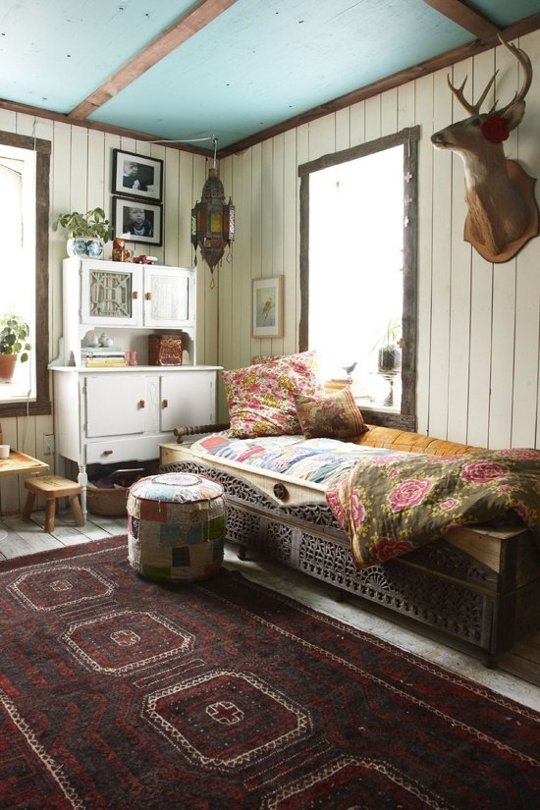
The aesthetic was deeply impacted by the Hippie Movement, The Rainbow Gathering, the musical Rent, and much more. Ultimately, whenever popular culture celebrated the eccentricity and personality of those who lacked wealth, were starving artists, and rejected mainstream materialism, the bohemian aesthetic was impacted and immortalized.
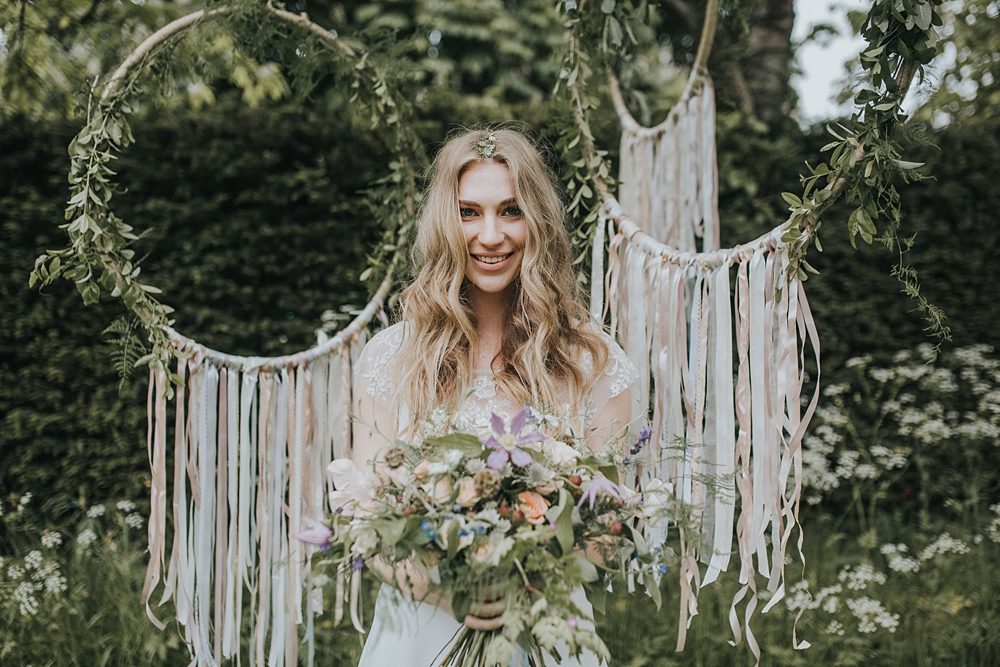
Sources:
https://bellatory.com/fashion-industry/BohoTheFashionHistoryofBohemianClothes
https://en.wikipedia.org/wiki/Bohemian_style

2 Comments. Leave new
It was interesting to see the history of boho. I have seen so much of it in the modern era, the history of it makes it more interesting to see how its progressed now. I like how you start with giving a general overview and then the history to now. Very well formatted
This was really well written